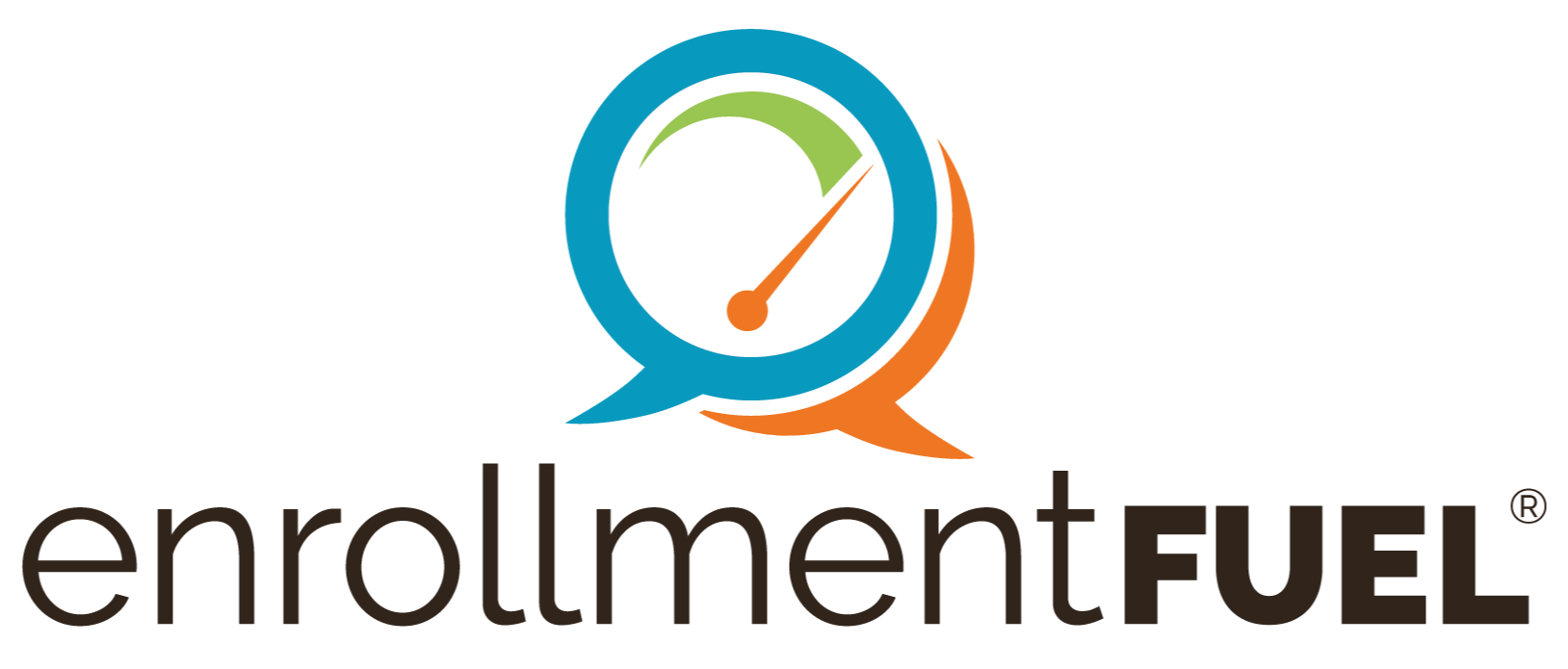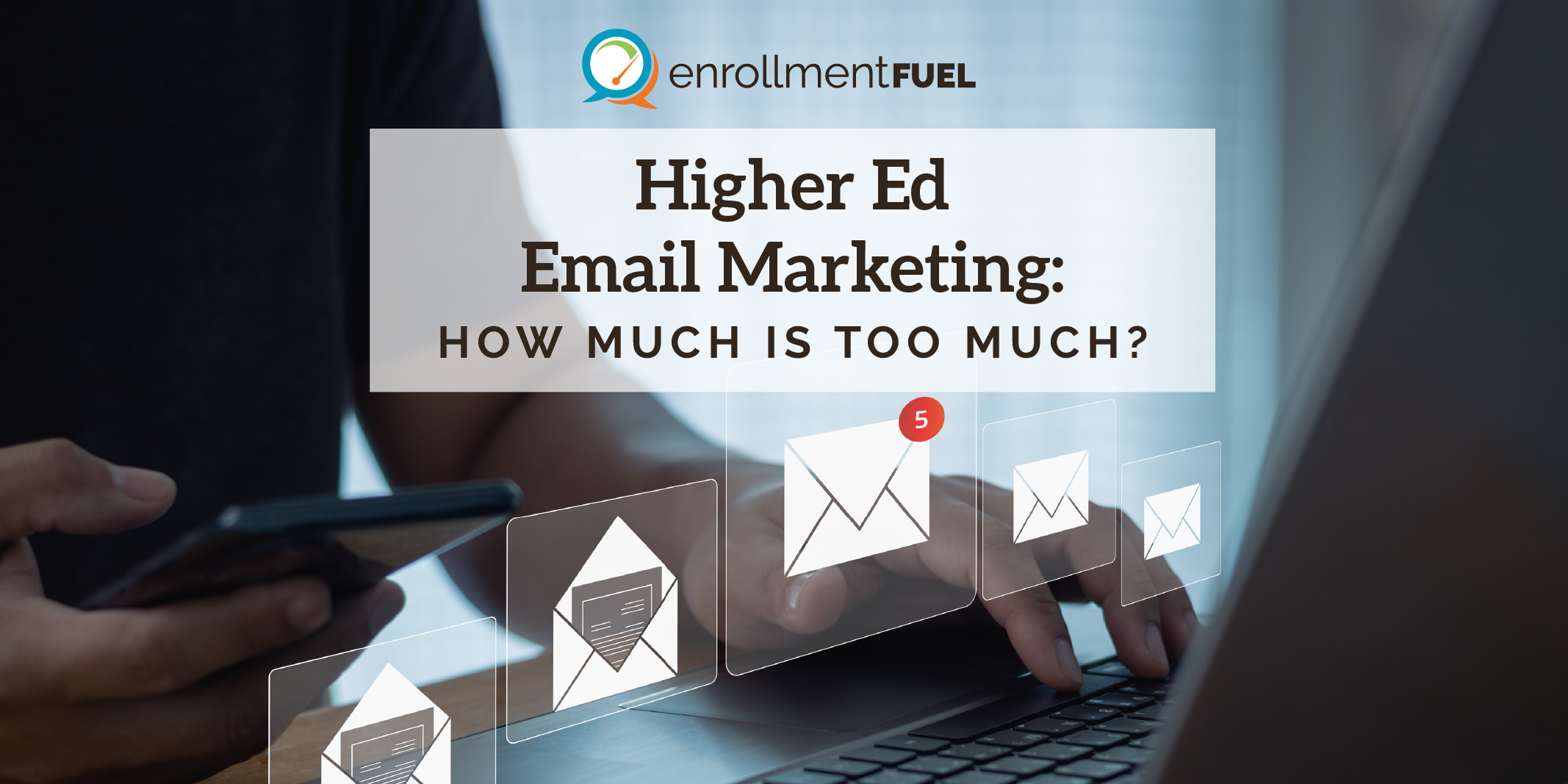In 2016, Harris Diamond, CEO of the McCann advertising agency, spoke at the National Postal Forum. Harris said, “Today’s media events are more complex than they were 100 years ago. There are many more hurdles due to fragmentation. But in a world in which people are endlessly bombarded with electronic messages, direct mail is now the most welcome houseguest.”1
the importance of direct mail
The instant in time when we pick up our mail and look through it has been labeled “The Mail Moment” by McCann, the agency of record for the United States Postal Office. The USPS previously released a major research study about our interaction with mail titled, “USPS Mail Moments, 2016 Review.”1 The findings included:
- Overall mail engagement has increased since 2012
- Regardless of age, most consumers get their mail and sort through it at the first opportunity – an indicator that mail has value
- 47% of consumers like to discover what the mail brings every day, and consider the time they spend looking at and reading their mail as time well spent
Mail and the endowment effect
One of our most commonly used expressions at enrollmentFUEL is the mail moment. We use it because we realize the impact that mail still has in a life that is hurried and fast-paced. Think about your own day and that moment when you slow down to look at what came in your mailbox, slice open envelopes, and decide what to keep and toss. In this article, we explore the actual feel of mail and how people respond. Dr. David Eagleman is a neuroscientist, author, and the creator of the PBS series, “The Brain.” He studies haptics, the science of touch.
In partnership with Sappi Paper, Dr. Eagleman took a hard look at printed communications to determine how such media shapes how brands are perceived. A specific area had to do with psychological phenomena called The Endowment Effect, where people attribute higher levels of value to items and experiences when they feel a sense of ownership.
Dr. Eagleman discovered that the haptic experience of holding a piece of paper and looking at a printed image could trigger The Endowment Effect.2 When potential students look at a picture of your campus on a postcard, it is a different experience than looking at the same picture on a computer screen. By involving touch, the postcard invokes the real world, prompting recipients to create more realistic imagery as they think about your school. A more accurate picture of life on campus can create the endowment effect, giving prospective students the sense that your campus has a high degree of value and prompting them to take the next step.
Haptics helps explain why paper catalogs are making a comeback, according to Dr. Eagleman. According to an article in the New York Times, retailer Land’s End decreased the number of catalogs in 2000 and, as a result, experienced a $100 million drop in sales. By surveying online shoppers,
Land’s End discovered that 75% of the customers who made purchases had first reviewed the catalog.3
Dr. Eagleman’s conclusions are supported by a joint study conducted by the Canadian postal system and True Impact Marketing, a leading neuromarketing firm. They conducted scientific experiments to determine which was more effective when it came to prompting consumers to take action—mail or digital media based on the relative impacts on the brain. When research subjects were presented with information, two techniques were used to measure the interaction. Electroencephalography (EEG) mapped the electrical activities in the brain, and eye-tracking tests showed what captured the subject’s attention.
The study found that our brains visually process direct mail more quickly than digital media. Mail requires less cognitive effort, elicits higher brand recall, and prompted a 20% higher motivation response.4
PAPER VERSUS PIXELS—COMPREHENSION STUDIES
Since the 1980’s, there have been more than 100 studies looking at how people read on screens versus reading on paper. Ferris Jabra reviewed the research and shared the findings in a Scientific American article titled, “Why the Brain Prefers Paper.”5
When it comes to comprehension and retention of information, paper wins. One reason for that appears to be that people often use a lower amount of mental effort when viewing information on a screen.
The message is static. There are no pop-ups, notifications, or hotlinks, which are generally distracting. When your direct mail piece catches the eye of a potential student, you benefit because you are more likely to get a higher level of attention.
Marketing guru Seth Godin says, “Marketing is a contest for people’s attention.” Mail is a medium that helps you win. The challenge for educational marketers today is understanding your audience and crafting a strategy that combines the right message, the right types of touches, and the right timing and frequency—all within your budget. Mail is tangible and touchable, and research shows the information presented on a sheet of paper often outperforms digital information when it comes to comprehension.
1 DMN. (2016). Retrieved from https://www.dmnews.com/mccann-ceo-direct-mails-moment-has-come-again/
2 Sappi Neuroscience Shorts. (2015) Retrieved from https://www.youtube.com/watch?v=gpch3ff8ERs
3 The New York Times. (2015) Retrieved from https://www.nytimes.com/2015/01/26/business/media/catalogs-after-years-of-decline-are-revamped-for-changing-times.html?_r=0
4 Canada Post. (2019) Retrieved from https://trueimpact.ca/case-studies/canada-post-neuroscience-research-into-the-power-of-direct-mail/
5Ferris J. (2013) Why the brain prefers paper. Scientific American, 48-53.
Related Articles
Higher Ed Blog Article | Top 5 Digital Marketing Tips | enrollmentFUEL
Increasing enrollment is at the heart of every marketing goal in the higher education world. Seems...
Using AI in Higher Ed Content Creation | enrollmentFUEL
Mention the term Artificial Intelligence, commonly referred to as AI, to anyone today, and their...
Custom In-Person Slate Training | enrollmentFUEL | SEM Review
Dive into your Slate adventure and attend the in-person Slate training sessions led by the hosts of...




